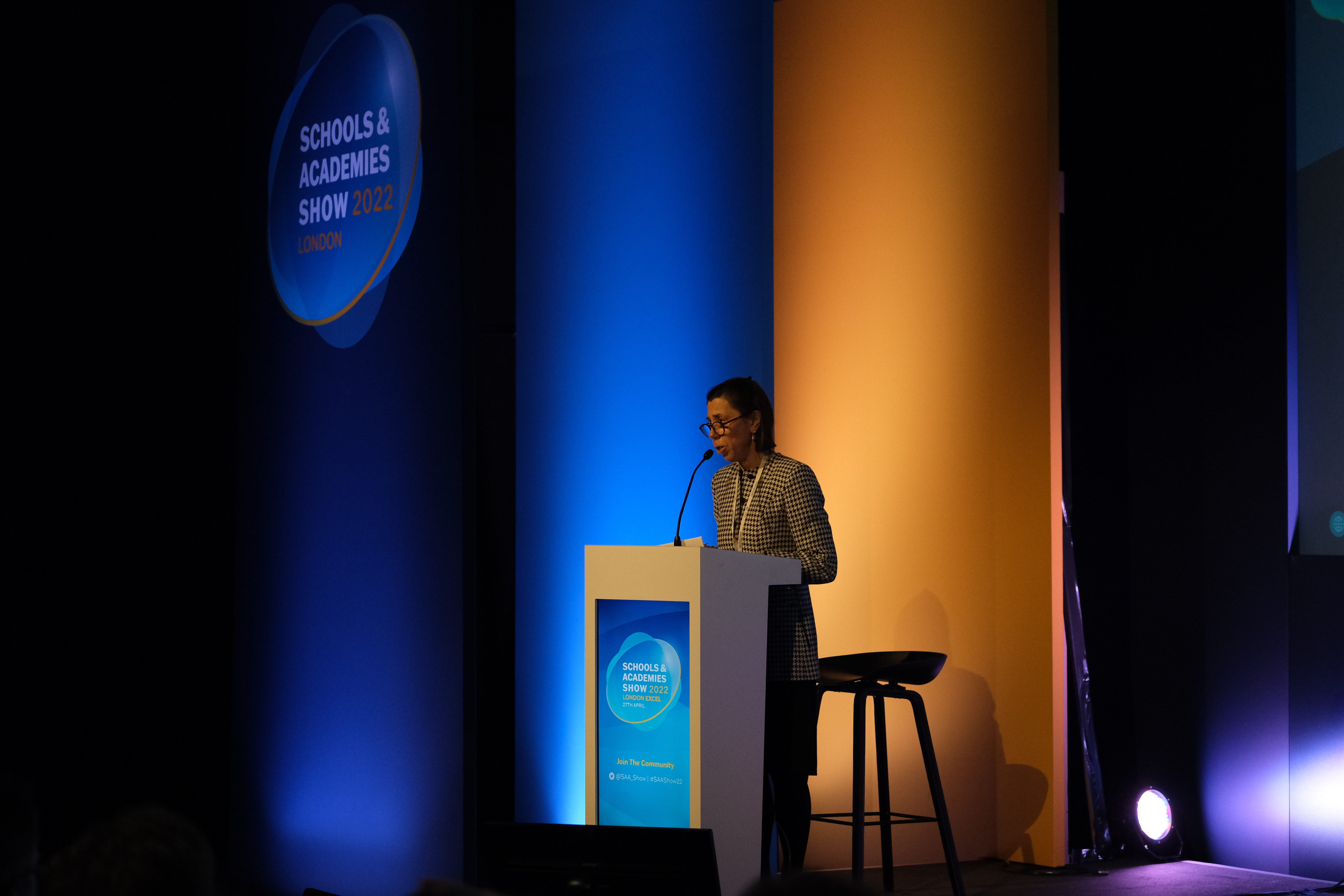Pupil Premium Funding 2022-23: Five Things You Need to Know
Pupil Premium funding, introduced in 2011 and allocated for each financial year rather than the academic year, offers schools the opportunity to boost the educational and cultural offering for children and young people from disadvantaged backgrounds.
The Department for Education (DfE) allocates the funding to local authorities to distribute to maintained schools, while the Education and Skills Funding Agency (ESFA) provides academies and non-maintained special schools with the money directly. The annual pot doesn’t have to be spent all in one year, allowing schools and academy trusts some flexibility in planning expenditure that best suits their context.
But Pupil Premium funding isn’t always consistent year-on-year, and the uncertainty of changes can have a big impact on whole-school plans, making it vital that school leaders keep on top of funding changes and the latest guidance each year.
And so, here we take a look at five key things you need to know about Pupil Premium Funding for 2022-23.
- All Pupil Premium types increased by 2.7%
Whether pupils are eligible for the Early Years Pupil Premium (EYPP), are in Primary or Secondary schools, are Looked After Children (LAC) or Service Children, all forms of Pupil Premium and Pupil Premium Plus received a boost of 2.7% for 2022-23.
In real terms, this meant per child rates of:
- £342 for Early Years
- £1,385 for Primary School
- £985 for Secondary School
- £2,410 for Pupil Premium Plus
This increase across the board was the largest in recent years.
- Payment for maintained schools and academies will be made on different dates
Through the 2022-23 funding term, quarterly instalments are made to local authorities on:
- 30 June 2022
- 30 September 2022
- 30 December 2022
- 31 March 2023
Academies, including free schools, will receive quarterly instalments according to the following schedule:
- 8 July 2022 – for academies open by, and on, 1 April 2022
- 10 October 2022 – for academies open at 1 April 2022
- 10 January 2023 – for academies open at 1 September 2022
- 12 April 2023 – for academies open at 1 January 2023
- Schools converting to academies will have a different payment schedule
With the number of academy trusts increasing in recent years, and the impetus for conversion receiving a boost by the DfE’s Schools White Paper, published in March 2022, the 2022-23 funding block is proving to be a busy year for the education sector.
Crucially for those looking to convert, or new academies opening, it is key to note that academies and free schools that open during this financial year and do not have a predecessor school will be paid their allocation in full in April 2023. This will happen once their census data is available.
For schools in the process of conversion, the DfE has advised that local authorities should pay the Pupil Premium Grant according to the following schedule:
- If converted on or by 1 September 2022, five twelfths of their annual allocation
- If converted after 1 September 2022 and on or by 1 January 2023, nine twelfths of their allocation
- If converted after 1 January 2023, full allocation
Remaining allocations will be paid directly to academies by the ESFA.
- All schools and academies must publish their 2022-2023 Pupil Premium strategy statement by December 2022
Annual statements are required from all schools and academies, outlining spending plans for the Pupil Premium and intended impact.
The DfE provides templates for the statement, as well as examples based on the type of school that might be preparing the strategy.
A sample of published statements will be used for monitoring checks by the DfE, but it is advised that all governors should be scrutinising statements as part of fulfilling their role in holding school leaders to account.
- The Pupil Premium needs to work harder than ever before to close the attainment gap
The impact of COVID-19 lockdown periods has been wide-ranging and diverse, but research shows that, despite schools being fully back open, and having remained open for certain cohorts throughout the pandemic, the attainment gap has increased between pupils from disadvantaged backgrounds and their peers.
The importance of providing valuable interventions and support for children and young people eligible for the Pupil Premium and Pupil Premium Plus is more crucial than ever to facilitate catch up through 2022-23, and prepare for additional progress from 2023 and beyond.
While efforts are required for core subjects such as maths and science, a holistic approach is needed to support pupils with social and emotional development too, ensuring good mental health and wellbeing and a sense of safety and security that can foster a quality learning mindset and environment.
Schools can be creative in how they use Pupil Premium in this way, given that it may be used for benefit of pupils registered at the school that receives it or for those registered at other maintained schools or academies, as well as community services whose provision furthers the benefit of pupils at the school.
If you want to learn more about the Pupil Premium and the role that disadvantage plays within education then please join us, thousands of your peers and many suppliers who will be able to help you on you education journey at the SAAShow in London on the 1st May. You can find out more information here: https://www.schoolsandacademiesshow.co.uk/ or register by clicking on the banner below.


.png)

